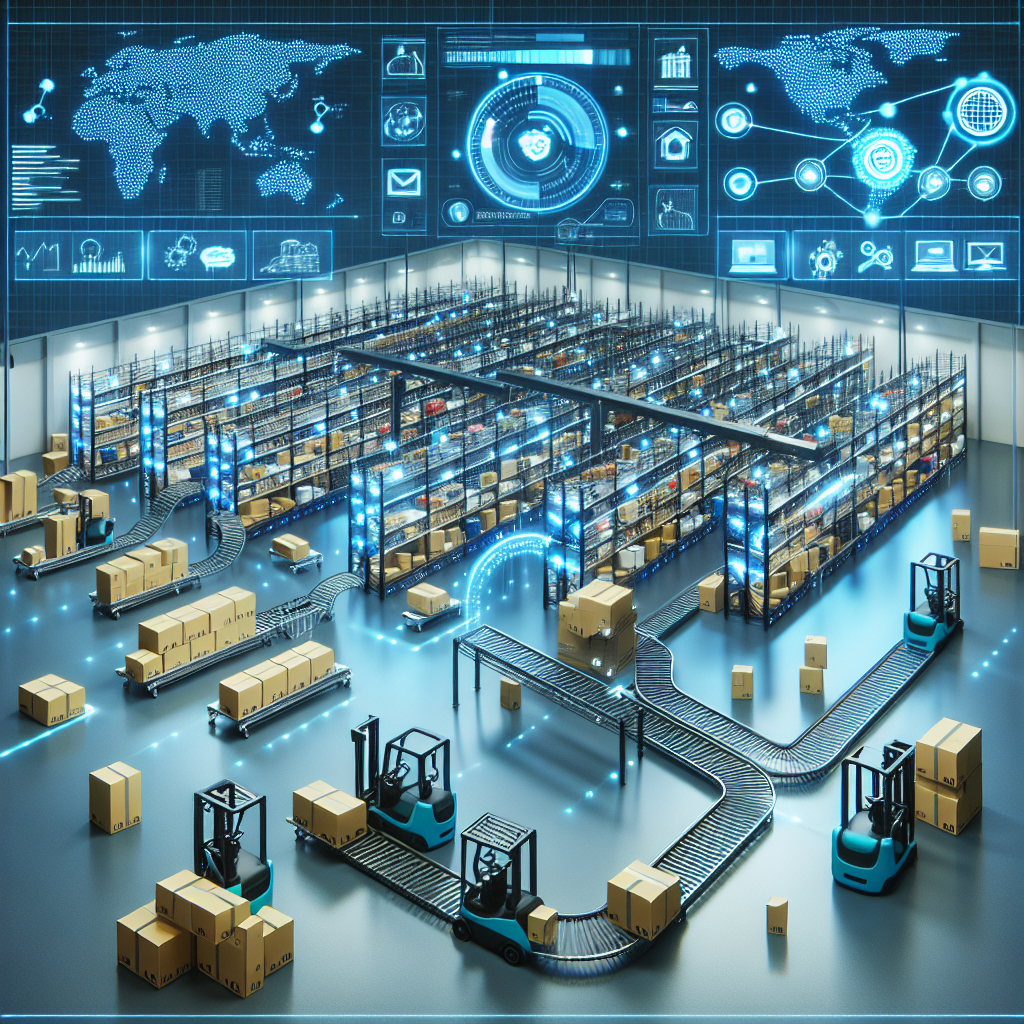The Impact of AI on Warehouse Layout and Design in Transportation
In recent years, the rise of artificial intelligence (AI) has revolutionized the way businesses operate, especially in the transportation and logistics industry. One area where AI has had a significant impact is in warehouse layout and design. By utilizing AI-powered technologies, businesses can optimize their warehouse layouts to improve efficiency, reduce costs, and enhance overall productivity.
AI technology has the capability to analyze vast amounts of data and provide insights that can help businesses make informed decisions about their warehouse layouts. By harnessing the power of AI, businesses can optimize their warehouse layouts in a number of ways, including:
1. Improved space utilization: AI can analyze data on inventory levels, order volumes, and other factors to determine the most efficient way to utilize space in a warehouse. By optimizing space utilization, businesses can reduce the amount of wasted space and maximize the storage capacity of their warehouses.
2. Enhanced workflow efficiency: AI can help businesses streamline their warehouse workflows by analyzing data on order processing times, picking routes, and other factors. By optimizing workflow efficiency, businesses can reduce the time it takes to fulfill orders and improve overall productivity.
3. Real-time inventory management: AI-powered technologies can provide real-time insights into inventory levels, allowing businesses to track inventory levels and make informed decisions about restocking and replenishment. By optimizing inventory management, businesses can reduce stockouts, minimize excess inventory, and improve overall inventory accuracy.
4. Predictive maintenance: AI can analyze data on equipment performance and maintenance history to predict when equipment is likely to fail. By implementing predictive maintenance strategies, businesses can reduce downtime, minimize repair costs, and improve overall equipment reliability.
5. Automated material handling: AI-powered technologies can automate material handling processes, such as palletizing, sorting, and picking, to improve efficiency and reduce labor costs. By automating material handling processes, businesses can increase throughput, reduce errors, and improve overall operational efficiency.
Overall, the impact of AI on warehouse layout and design in transportation is significant. By leveraging AI-powered technologies, businesses can optimize their warehouse layouts to improve efficiency, reduce costs, and enhance overall productivity.
FAQs
Q: How can AI help businesses optimize their warehouse layouts?
A: AI can help businesses optimize their warehouse layouts by analyzing data on inventory levels, order volumes, workflow efficiency, and other factors to determine the most efficient way to utilize space, streamline workflows, and improve overall productivity.
Q: What are the benefits of using AI in warehouse layout and design?
A: The benefits of using AI in warehouse layout and design include improved space utilization, enhanced workflow efficiency, real-time inventory management, predictive maintenance, and automated material handling.
Q: How can businesses implement AI-powered technologies in their warehouse layouts?
A: Businesses can implement AI-powered technologies in their warehouse layouts by investing in AI software and hardware solutions, training employees on how to use AI technologies, and integrating AI into existing warehouse management systems.
Q: What are some examples of AI-powered technologies that can be used in warehouse layout and design?
A: Some examples of AI-powered technologies that can be used in warehouse layout and design include machine learning algorithms, predictive analytics tools, robotic automation systems, and IoT sensors.
Q: How can businesses measure the ROI of implementing AI in warehouse layout and design?
A: Businesses can measure the ROI of implementing AI in warehouse layout and design by tracking key performance indicators, such as throughput, inventory accuracy, labor costs, and equipment reliability, before and after implementing AI technologies.

